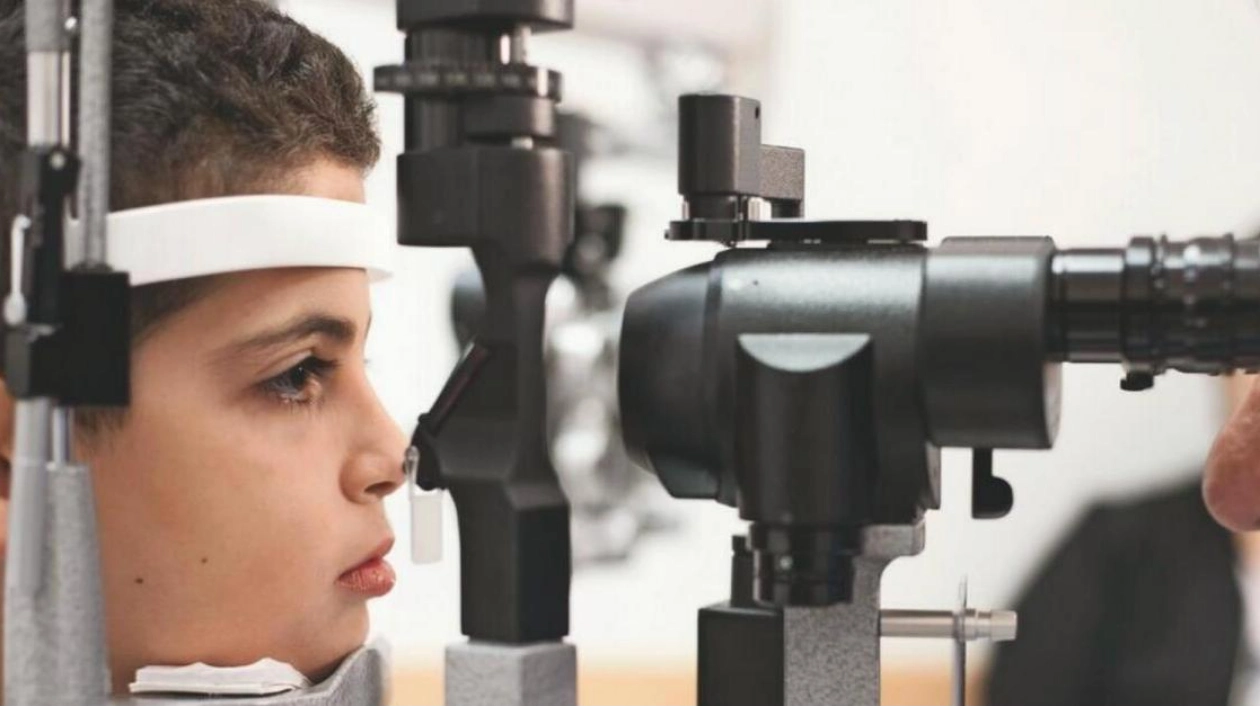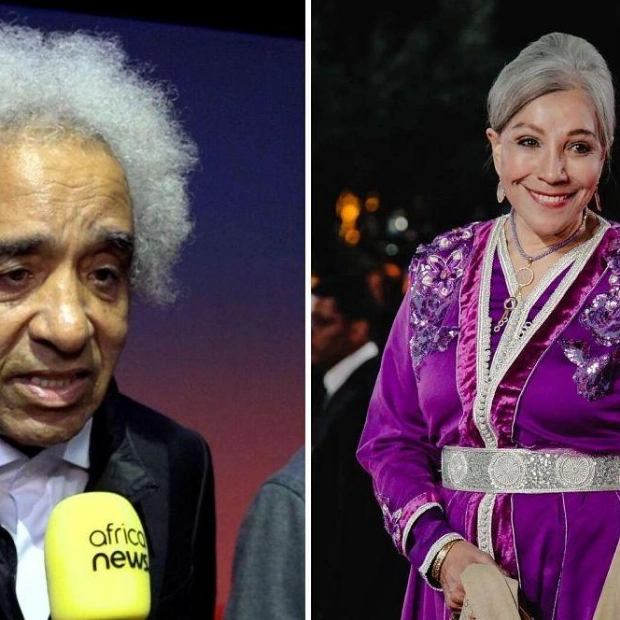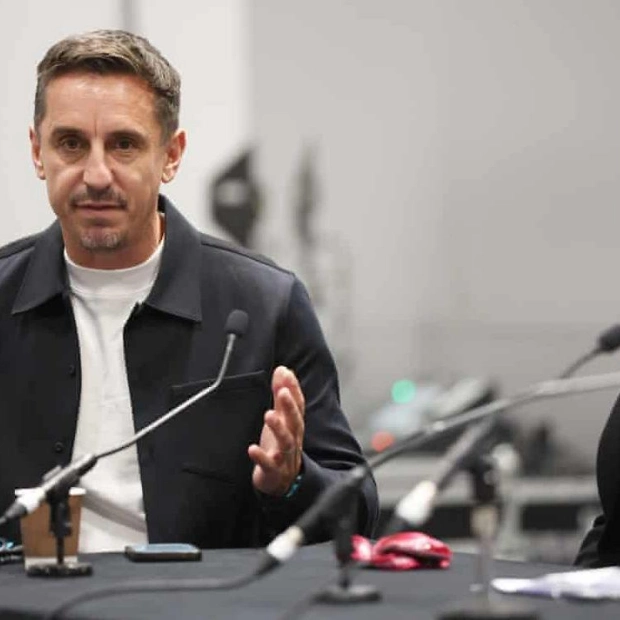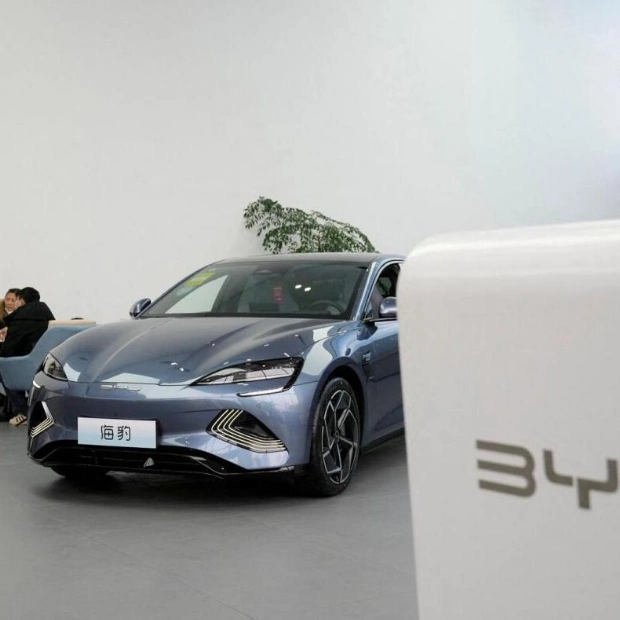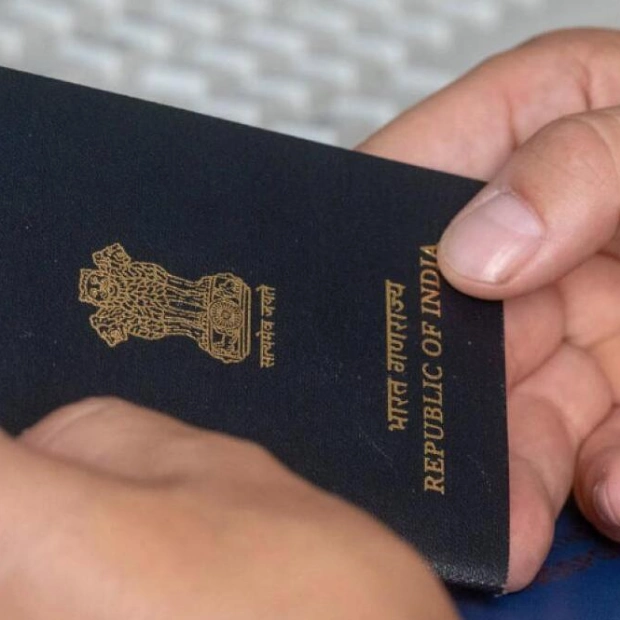Healthcare professionals in the UAE are advising parents to ensure their children undergo regular eye screenings, especially during the early years of their life. This is vital for identifying and treating the condition known as 'lazy eye' before it leads to irreversible damage. Medically termed Amblyopia, this condition involves the eye's inability to see clearly, even with corrective glasses, according to medical experts.
At Rokers Vision Lab at NYU Abu Dhabi, researchers are delving into how the brain processes visual perception, focusing on motion and depth. Their research not only deepens the understanding of brain functions and sensory processing but also aids in the treatment of visual conditions like amblyopia. As stated on the official NYUAD website: “[The research] helps uncover the function and underlying architecture of the brain’s visual system, provides us with a model by which to understand sensory processing in general, and contributes to the treatment of perceptual impairments such as amblyopia (lazy eye).”
Meanwhile, healthcare experts in the UAE emphasize that 'lazy eye' typically affects one eye (unilateral) but can sometimes involve both eyes (bilateral) in more severe cases. Dr. Wissam Charafeddin, a consulting ophthalmologist at Novomed, noted: “It is estimated that amblyopia affects around 2-3 per cent of children worldwide. In the UAE, this figure is likely comparable, as the condition is common globally. Therefore, it’s crucial for parents to take their children for regular eye exams, particularly if they notice any of these symptoms. Early detection can significantly improve outcomes.” He further added: “Amblyopia is most effectively treated if caught early, preferably before the age of 7. Treatment becomes more challenging as the child grows older, but even older children can benefit from therapy in some cases.”
Identifying lazy eye syndrome, doctors suggest, can be done by observing several key signs including frequent squinting or the consistent favoring of one eye, which may indicate a vision issue. Other signs could include persistent headache and eye strain, especially after tasks requiring visual effort, such as prolonged reading. Dr. Mohamed Wassfi, a consultant ophthalmologist at Thumbay University Hospital, said: “Additionally, drooping of the eyelid can be a cause of visual problems in the eye. Children with amblyopia might also struggle with depth perception, having difficulty judging distances or catching a ball. Misalignment of the eyes, or strabismus, (when the eyes do not align properly which causes one eye to turn in a different direction from the other) can also be associated with this condition.”
It’s crucial to recognize that weak vision in one eye may not always be apparent to parents, highlighting the importance of regular eye exams. “It is typically caused by underlying eye pathologies present from birth or those that develop during early childhood. It is not linked to environmental or lifestyle factors. The condition can often go unnoticed by parents because young children may have difficulty articulating poor vision in one eye, especially if the other eye is functioning normally. This means that the issue may be overlooked until it becomes more pronounced,” added Wassfi.
Dr. Alina Mugnani Deza, an Ophthalmologist in Barraquer, UAE, pointed out that ‘lazy eye’ could also be a sign of other health issues beyond poor vision. She said: “Lazy eye, a condition that affects millions around the world was previously described as a vision-related problem, but evidence reveals a deeper link between the condition and a wide range of diseases and chronic conditions.” “It showed neurological disorders, such as Parkinson's disease and multiple sclerosis, and cardiovascular diseases such as high blood pressure and stroke have links to this condition. Metabolic disorders such as diabetes may contribute to the development of 'lazy eye' through systemic inflammation,” she added.
